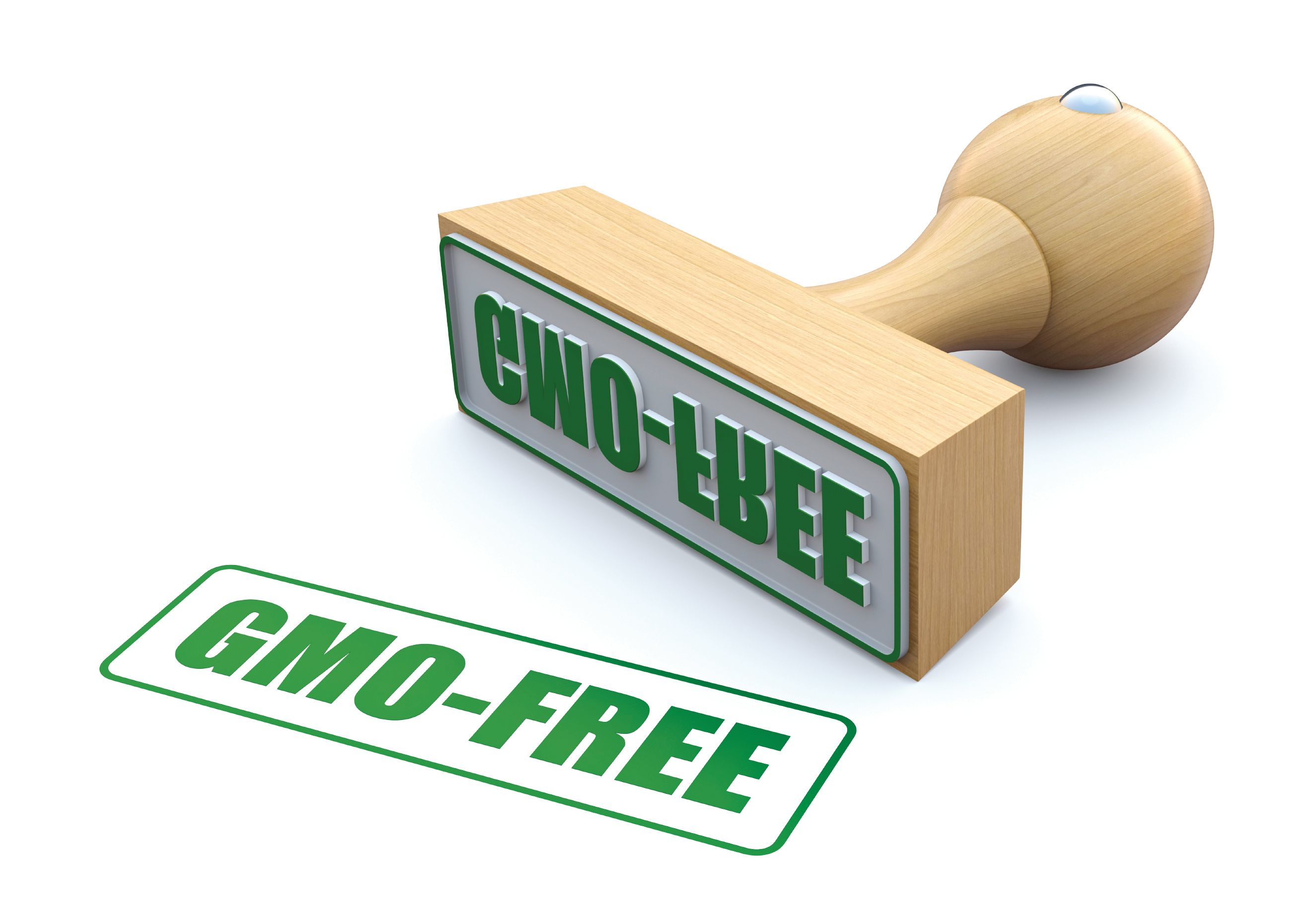GMO-Free Labeling on the Rise, Especially in U.S.
The U.S. food and beverage market accounted for 43% of global launches using GMO-free claims in the 12 months before July 2015, according to Innova Market Insights.
Photo © iStockphoto.com/mipan

Foods and beverages bearing the label “GMO-free” or “non-GMO” have surged in new product launches from the past year, according to a report from Innova Market Insights.
Much of the growth in GMO-free labeling is driven by the United States, which now account for 43% of global launches using GMO-free claims in the 12 months prior to July 2015, says Innova. The U.S. now accounts for a greater share of global launches positioned as GMO-free than Europe (39%).
During that same period, more than 13% of global launches recorded by Innova were marketed on a platform of being additive-free or preservative-free, while 7.8% of launches were marketed as organic and 6.3% were marketed as natural. By comparison, GMO-free claims “remain relatively limited on a global scale,” says Innova, with just 4% of global launches marketed on a GMO-free platform during the same 12-month period. But Innova says that 4% represents “a significant rise year-on-year, driven mainly be rising levels of interest in the U.S.”
Lu Ann Williams, director of innovation at Innova, points out that consumer resistance to genetically modified foods in the U.S. has only become an issue in recent years, while many other countries around the world already require genetically modified foods to be labeled as such.
“While GM foods have to be labeled in other parts of the world, including the EU, this has not been the case in the U.S. to date,” says Williams. “After rising levels of concern, the growing use of GMO-free labeling and the development of schemes such as Non-GMO Project Verification, some U.S. states started to discuss introducing their own legislation and there is currently also a move for USDA to create its own voluntary non-GMO certification program.”
Among those product launches that were positioned as GMO-free in the 12 months before July 2015, bakery products and snacks accounted for 12% and 11%, respectively, of the number of introductions featuring GMO-free labeling. Yet, in terms of overall market share, breakfast cereals and cereal bars accounted for the largest slice of new GMO-free launches at 13%, followed by snacks at 7.4% and bakery products at 4.6%, according to Innova.
Read more:
Ingredient Suppliers Don't Need Non-GMO Certification, Botanicals Supplier Says
Non-GMO Riding on Organic’s Coattails?
Michael Crane
Associate Editor
Nutritional Outlook Magazine
michael.crane@ubm.com
HHS announces restructuring plans to consolidate divisions and downsize workforce
Published: March 27th 2025 | Updated: March 27th 2025According to the announcement, the restructuring will save taxpayers $1.8 billion per year by reducing the workforce by 10,000 full-time employees and consolidating the department’s 28 divisions into 15 new divisions.










